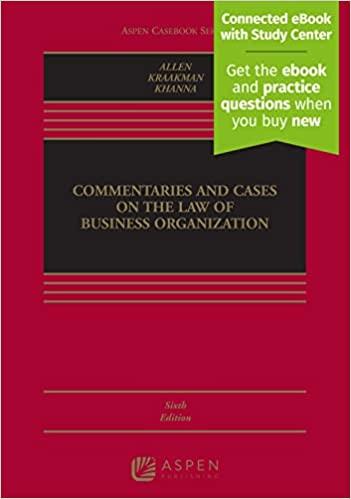thanks for the help
QUESTION 4 Among other requirements, in order to obtain a search warrant, the governmental agent must particularly describe the object to be seized and describe the place where it is believed to be located. This requirement of a particular description was designed to: restrict the places where a law enforcement official could lawfully search under the power given to the official by the warrant. O enable the law enforcement official to understand that any object will be seizable if it exists inside the particularly described home, O unfairly limit law enforcement officials and make their job a bit more difficult. O make the law enforcement official the final decision-maker concerning what property would be subject to seizure and what property was not covered by the warrant. O None of the above statements is a correct response. QUESTION 5 The silver platter doctrine that developed the following the official recognition of the federal exclusionary rule had the effect of: O requiring state law enforcement officials to follow the command of the exclusionary rule. O giving state and local prosecuting attorneys extra money as if the money had been delivered on a silver platter. O totally undermining the effect of the federal exclusionary rule in all federal cases. O permitting federal prosecutors to use evidence that had been seized by state and local police officers that would have been illegal if seized by federal law-enforcement officials. None of the above is a correct statement. QUESTION 6 Consistent with the current judicial construction of the Fourth Amendment, an arrest warrant is required in which of the following circumstances where a police officer desires to make a valid arrest? Where an officer arrests after conducting a hot pursuit of a suspect who the officer had observed committing a felony. Where the suspect is known to be sitting in the bedroom of her own home and where the officer knows that she is present and not threatening anyone and the officer has probable cause for her arrest. Where the officer has observed the suspect, who seemed to be driving under the influence of alcohol, drive to her own home and enter an attached garage. Later, when the officer was allowed entry by a child, the officer arrested the impaired driver at the first opp All of the above require arrest warrants in order to produce valid arrests. O B and C require arrest warrants







